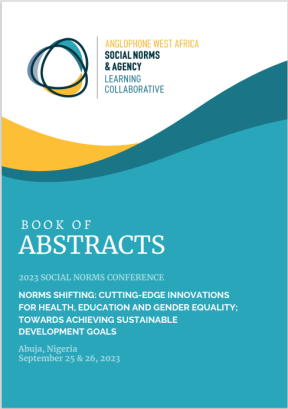- Journal article
- 1 December 2019
Gender norms and social norms: differences, similarities and why they matter in prevention science
- Author: Ben Cislaghi, Lori Heise
- Published by: Sociology of health and illness

Two streams of theory and practice on gender equity have begun to elide. The first is work conducted to change social norms, particularly using theory that emerged from studies in social psychology. The second is work done on gender norms, emerging historically from feminist scholars working to counter gender inequality. As these two streams of work intersect, conceptual clarity is needed to understand differences and similarities between these two traditions. Increased clarity will improve efforts to address harmful norms and practices. In this article, the authors review similarities and differences between social and gender norms, reviewing the history of the concepts and identifying key tension points of contrast. They identified six areas of comparison that might be helpful for practitioners working for the promotion of global health as they make sense of social and gender norms. They then offer a definition of gender norms for practitioners and researchers working at the intersection between these two theories. Their definition draws from the two different streams of thought of how norms influence people’s actions, acknowledging the double nature of gender norms: beliefs nested in people’s minds and embedded in institutions that profoundly affect health-related behaviours and shape differential access to health services.
Related resources
Book/Book chapter
25 September 2023

Case study
15 September 2023

Journal article
1 July 2023
